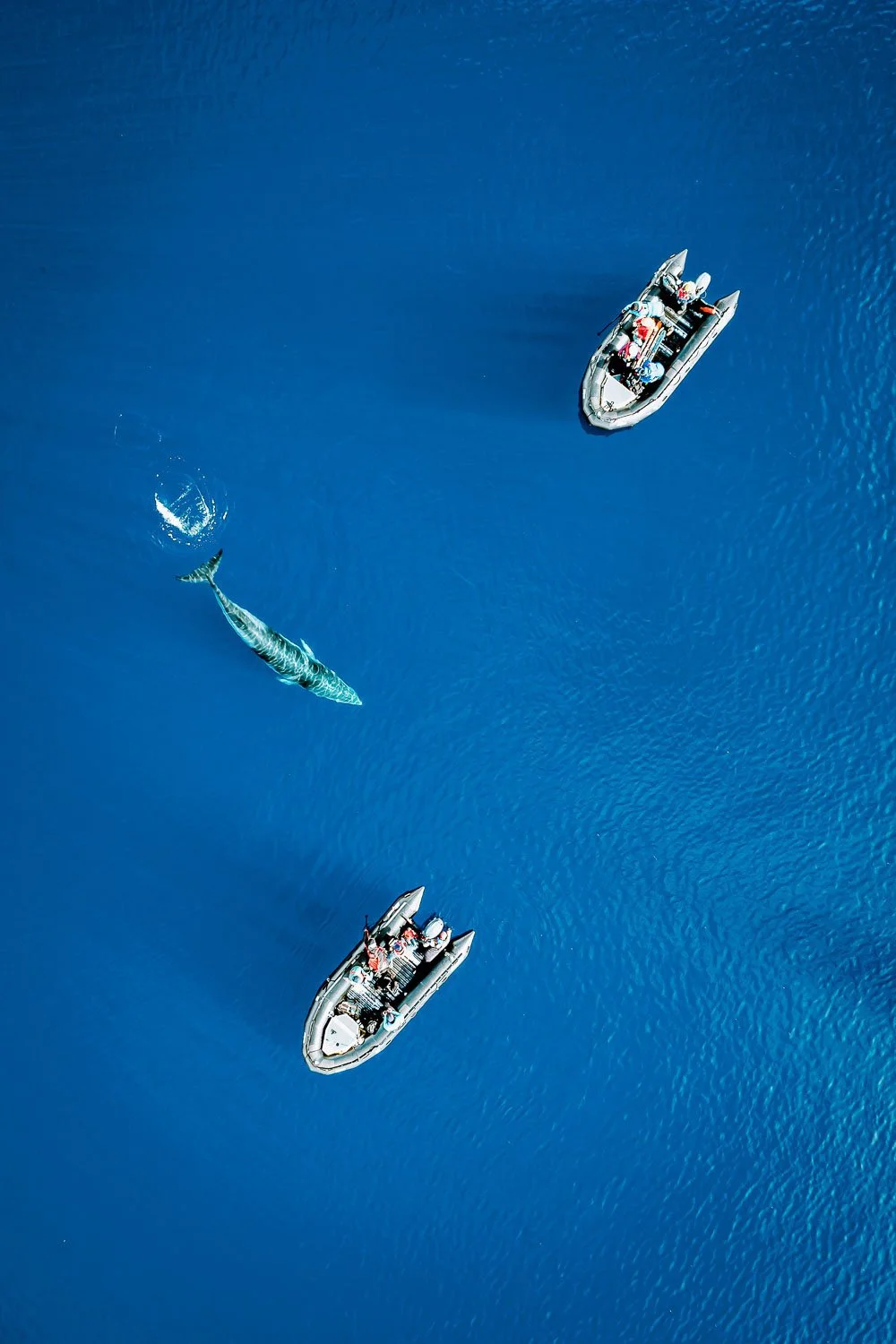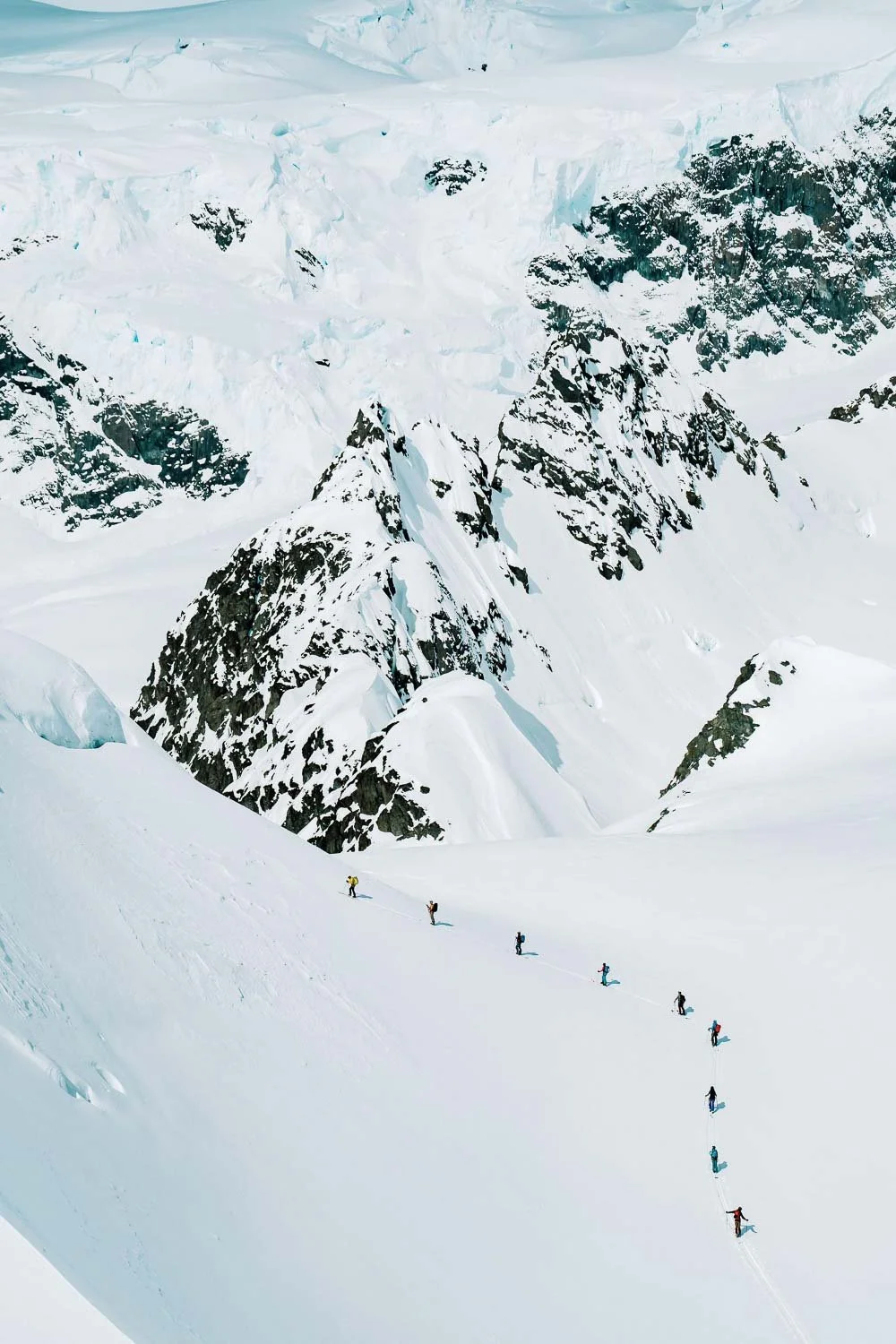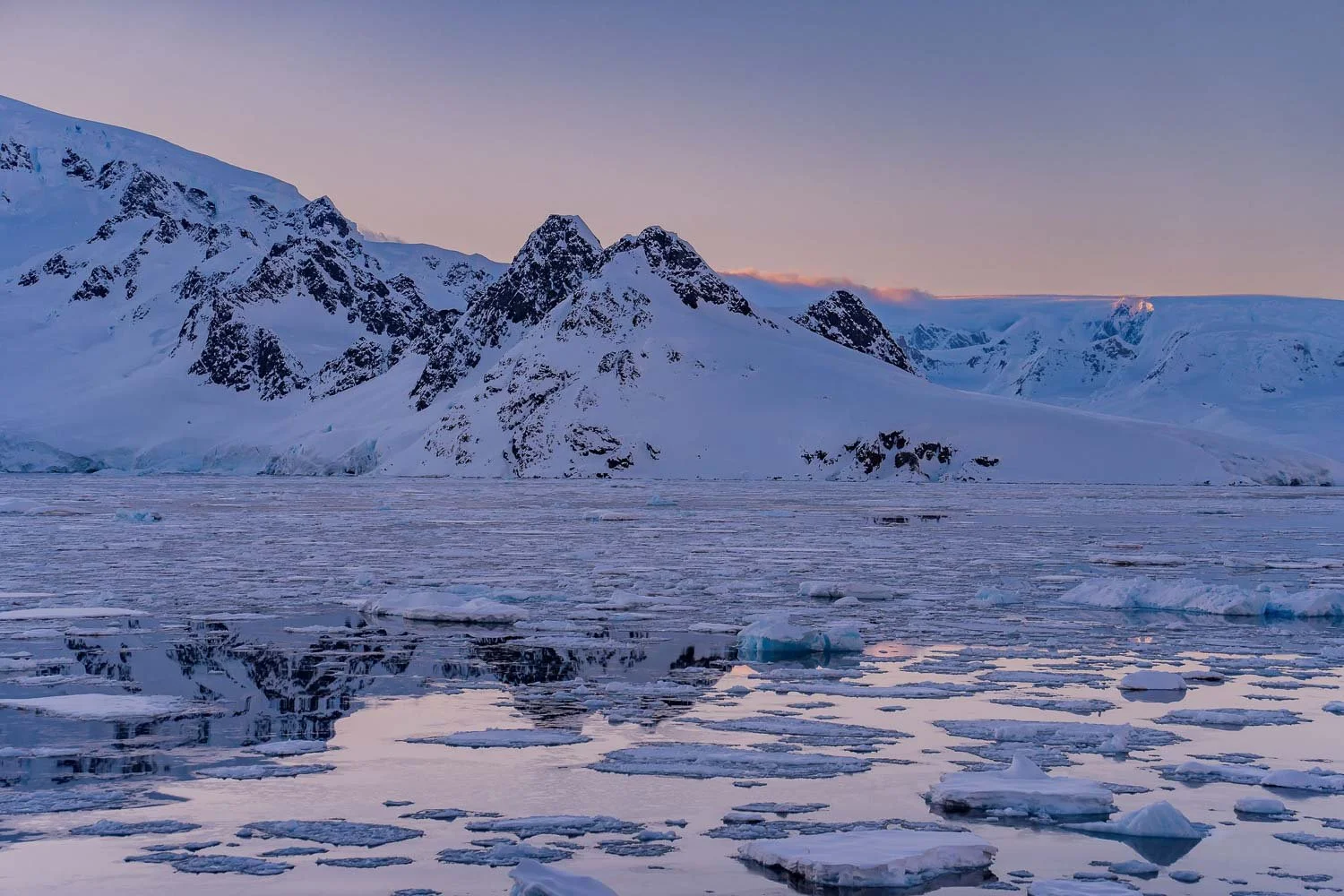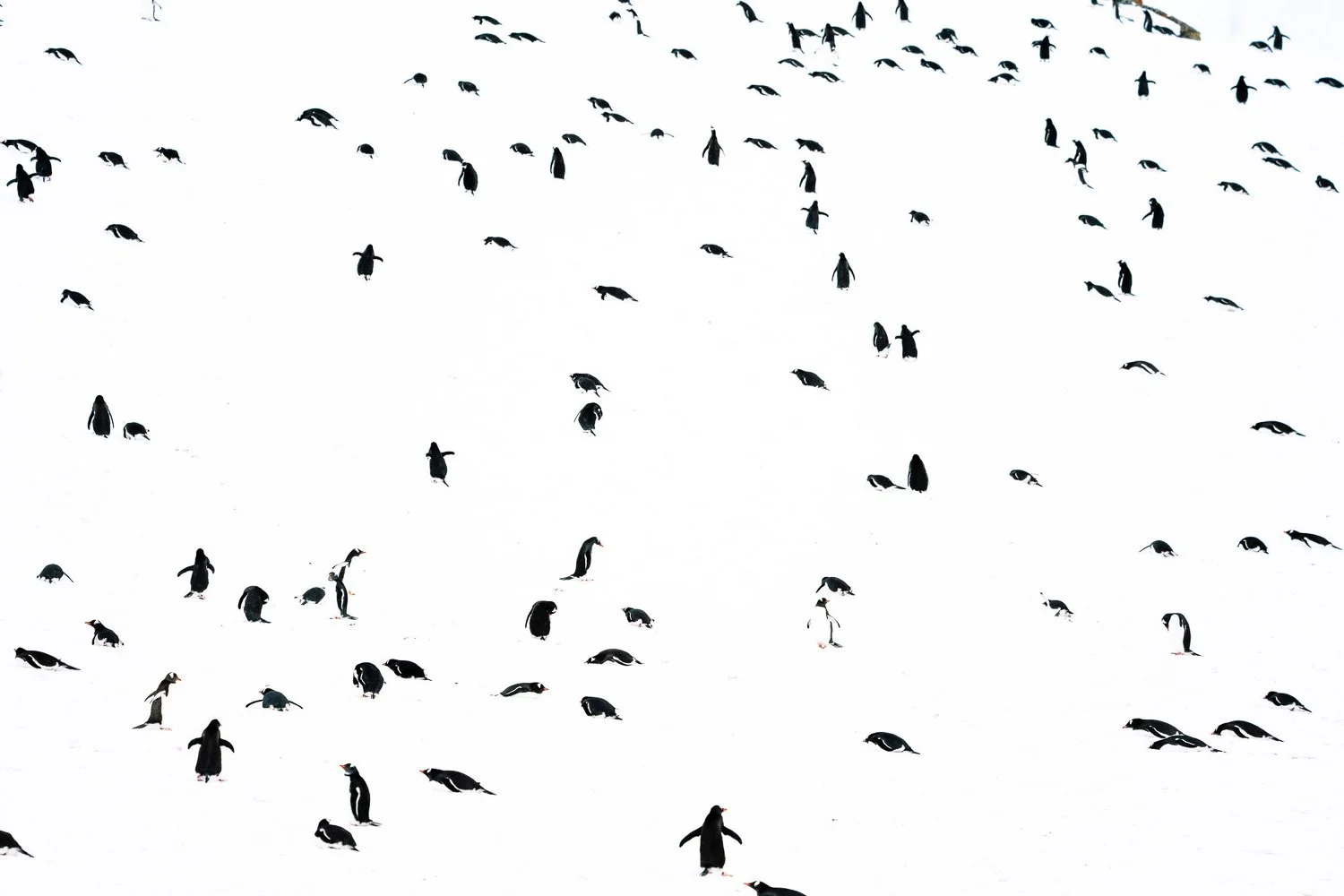Turns at the Edge of a Changing World: Skiing in Antarctica
Antarctica is the coldest, driest, and windiest continent on Earth. It holds the record for the lowest temperature ever recorded—minus 128.6 degrees Fahrenheit—and yet, in spring, the Antarctic Peninsula can feel surprisingly mild. Here, where the mountains rise straight from the sea and the snow stretches endlessly, a small number of skiers and snowboarders find themselves carving turns on one of the most remote landscapes on the planet.









Fewer people have skied Antarctica than have climbed Mount Everest. Reaching this icy frontier isn’t easy. The journey begins with a crossing of the infamous Drake Passage, a turbulent 600-mile-wide stretch of ocean separating South America from the continent. For two days, our ship heaved and rolled in the grip of relentless waves. But the moment the first icebergs appeared on the horizon, glinting like ancient sculptures in the gray light, the discomfort of the journey faded.
As a filmmaker and photographer, I came to Antarctica to document an adventure—but also to witness and share what this place is experiencing. Antarctica has no timezone, no permanent residents, and no ownership. It is governed by the Antarctic Treaty, one of the rare instances in which nations around the world have agreed to protect and preserve a shared environment. And yet, despite that commitment, the continent is under threat.













Skiing in Antarctica is rooted in the legacy of exploration. Early expeditions into these frozen lands were about survival and science. Today, it’s still about pushing boundaries—but it’s also about witnessing the changes. The snow we glide across is more than a blank canvas for adventure; it’s a critical player in the planet’s climate system.
The white surface of Antarctica reflects sunlight back into space through the albedo effect, helping to regulate global temperatures. But as the continent warms, sea ice and snow are disappearing. With less white surface to reflect heat, the warming accelerates—a feedback loop with planetary consequences. The very snow we turn on, the powder we seek out, is part of Earth’s defense against climate change. Without it, skiing here—and eventually anywhere—may no longer be possible.












This year, scientists recorded one of the lowest extents of sea ice in Antarctica’s history. Sea ice is the foundation of life here. From krill to penguins to whales, every species is tied to its presence. In spring, we arrived as the wildlife returned—thousands of penguins emerging from the sea to build their colonies. Watching them waddle with determination, reuniting with mates and staking out space on the rocky shore, was a moment of both joy and quiet urgency.
Every photograph I take here is a snapshot of a vanishing world. The light is softer, the icebergs fewer. Some of the glaciers we passed have already retreated significantly compared to historical images. And still, the silence of Antarctica feels absolute, as if nature is holding its breath.
Skiing here is both a privilege and a responsibility. We are visitors—temporary, curious, and deeply affected. Each turn etched into the snow is fleeting. But what we take with us—the images, the understanding, the sense of awe—can carry further. It’s not about conquering the continent. It’s about honoring it.
The time to act isn’t in the future. It’s now. Antarctica may seem distant, but its fate is tied to ours. In its frozen silence, it speaks volumes. We just have to listen—and respond.











